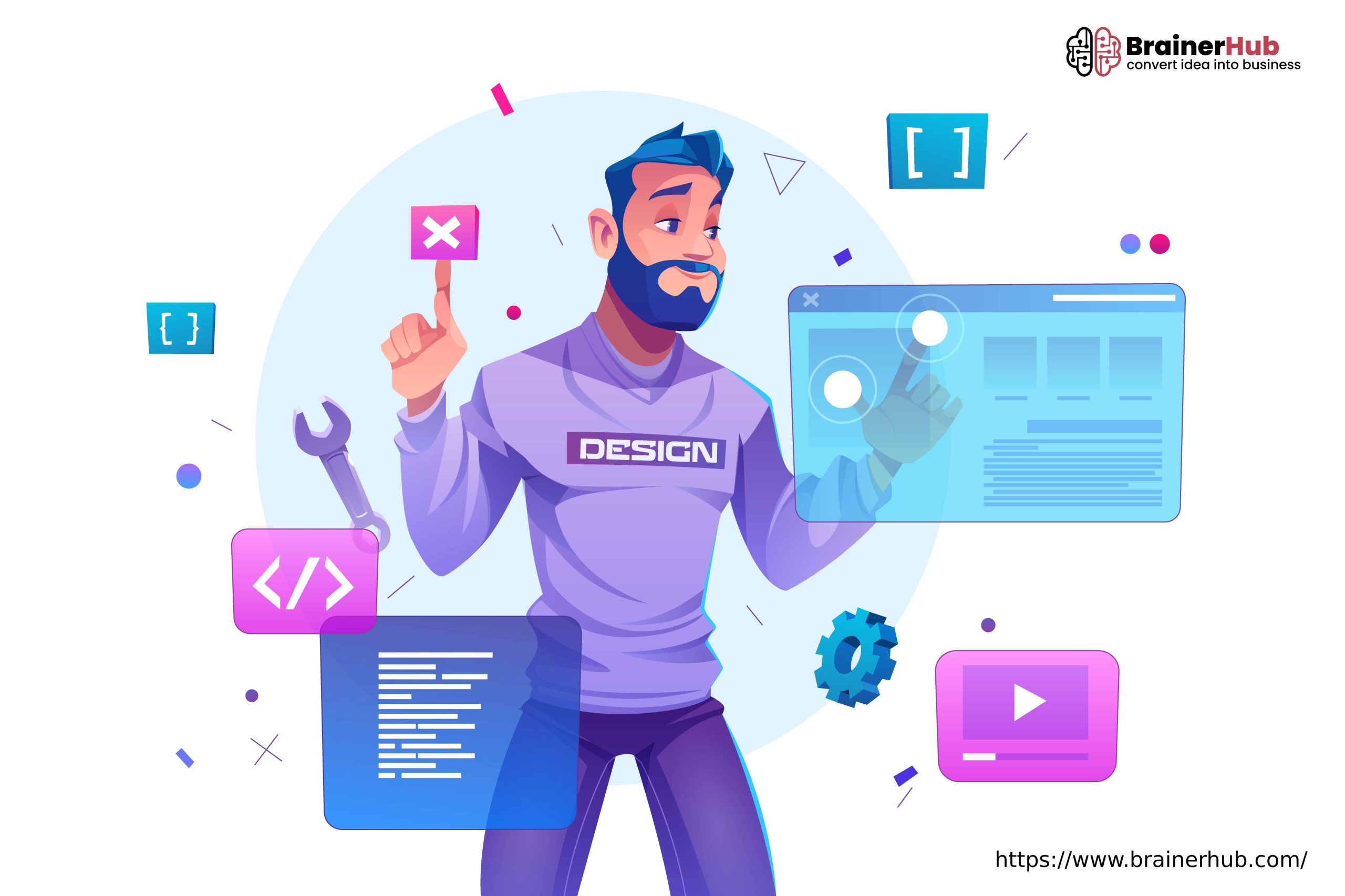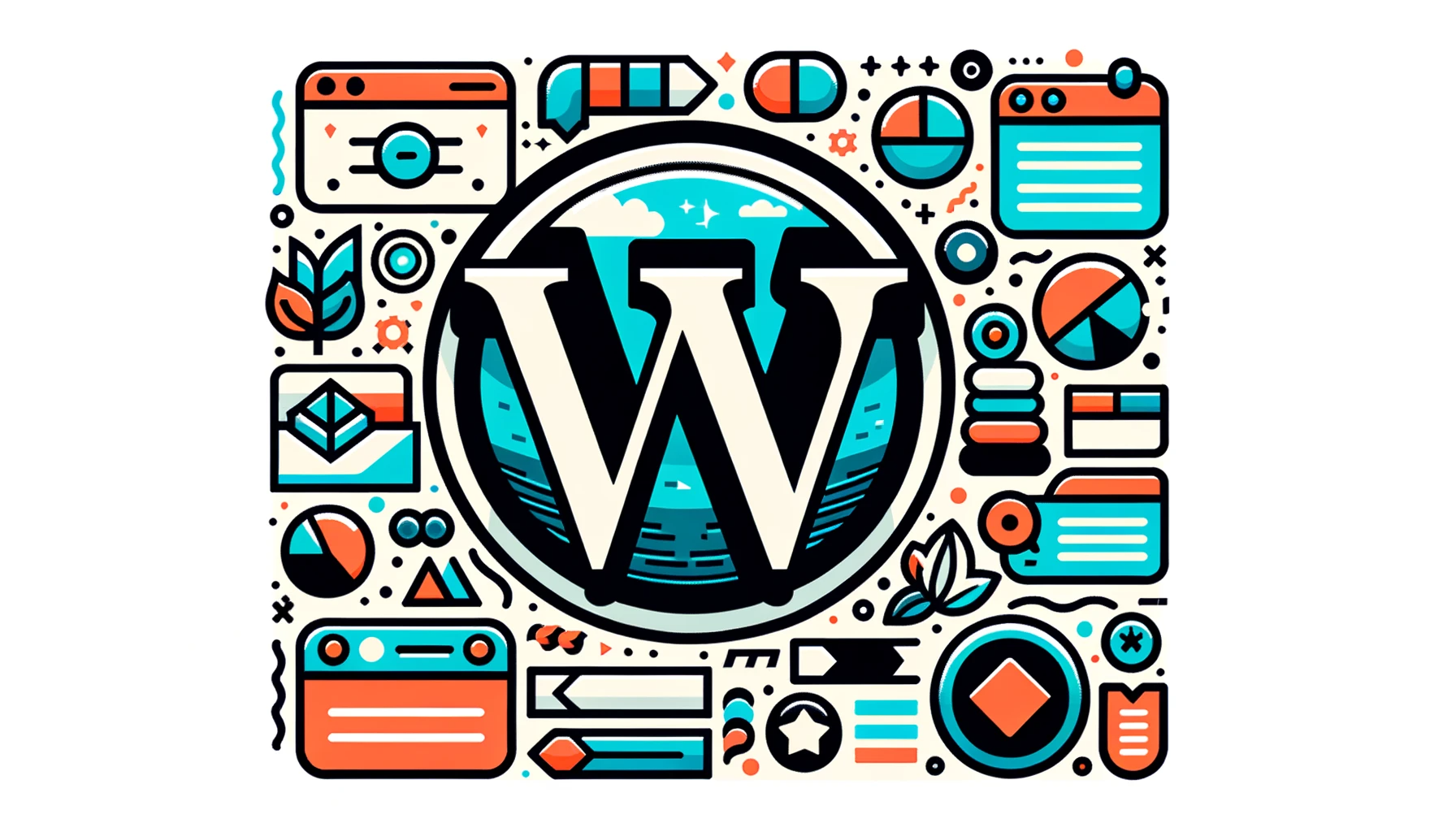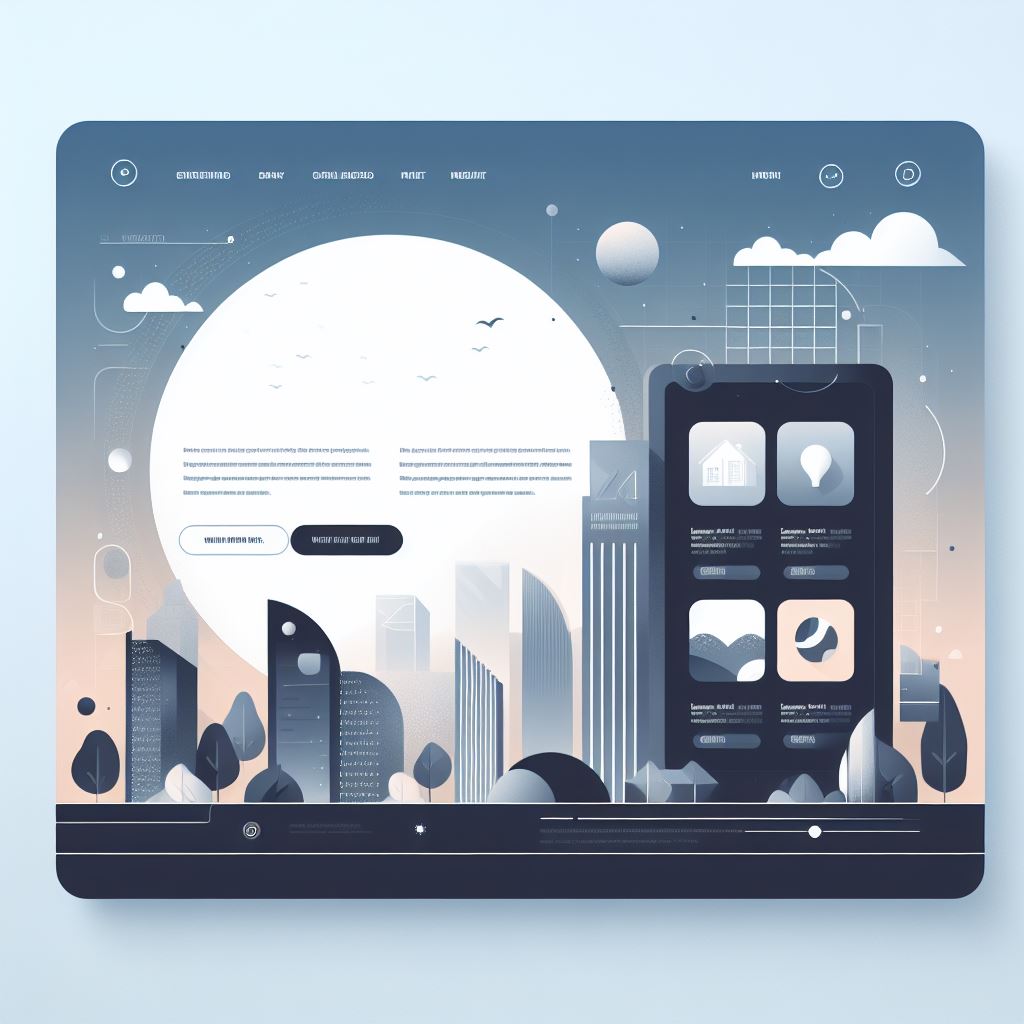Building a Brand with White-Label Website Builders
December 7, 2023
How can intake forms help you to get more leads?
November 22, 2023
What Are the Top 10 Web Development Tools for Beginners?
November 21, 2023
How to Make Interactive Websites and why do you need one?
November 14, 2023
Elements of a High-Quality Design for a Product Landing Page
October 20, 2023
Website Development and SEO: What to Consider
October 20, 2023
14 Cybersecurity Factors to Consider for a WordPress Website
October 13, 2023









